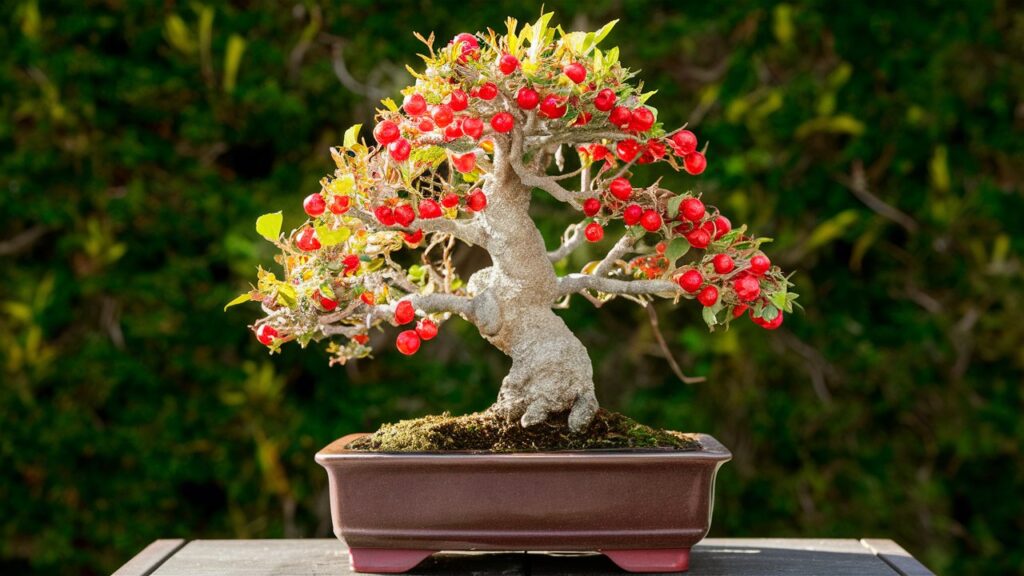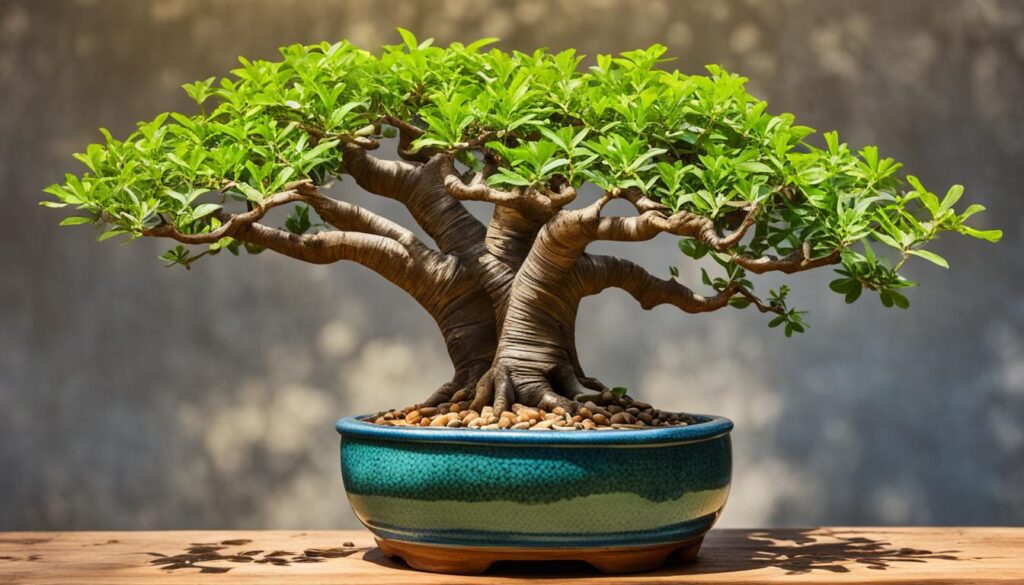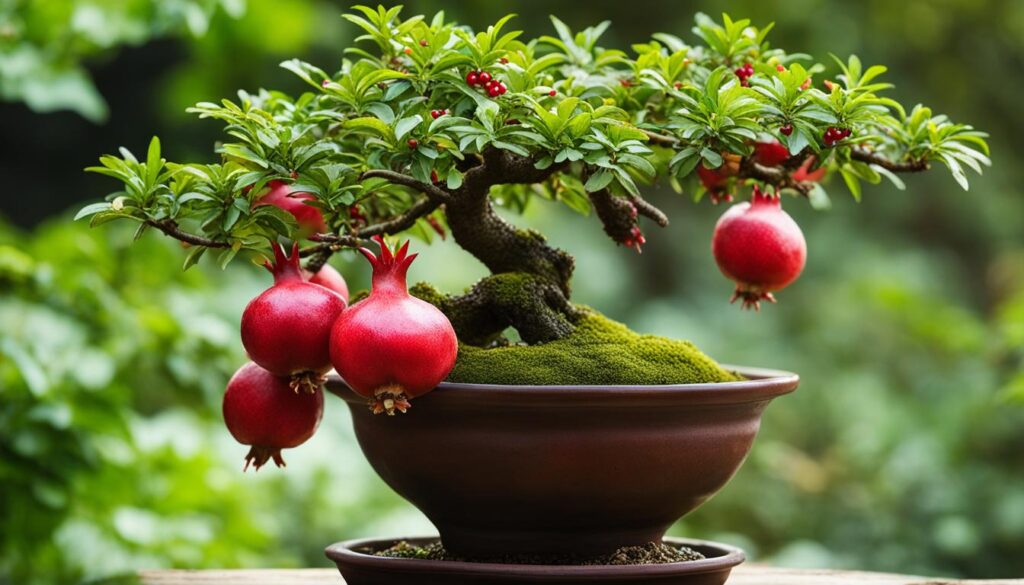Japanese beautyberry (Callicarpa japonica) is a deciduous shrub prized in bonsai for its visual appeal, particularly its metallic purple berries that persist after leaf fall. It is one of the most popular fruit-bearing Bonsai species. It produces pinkish-white flowers in late spring, adding to its ornamental value. With a moderate growth rate and natural cascading shape, it’s suitable for both novice and experienced bonsai enthusiasts.
Key Takeaways
ToggleChoosing the right beautyberry
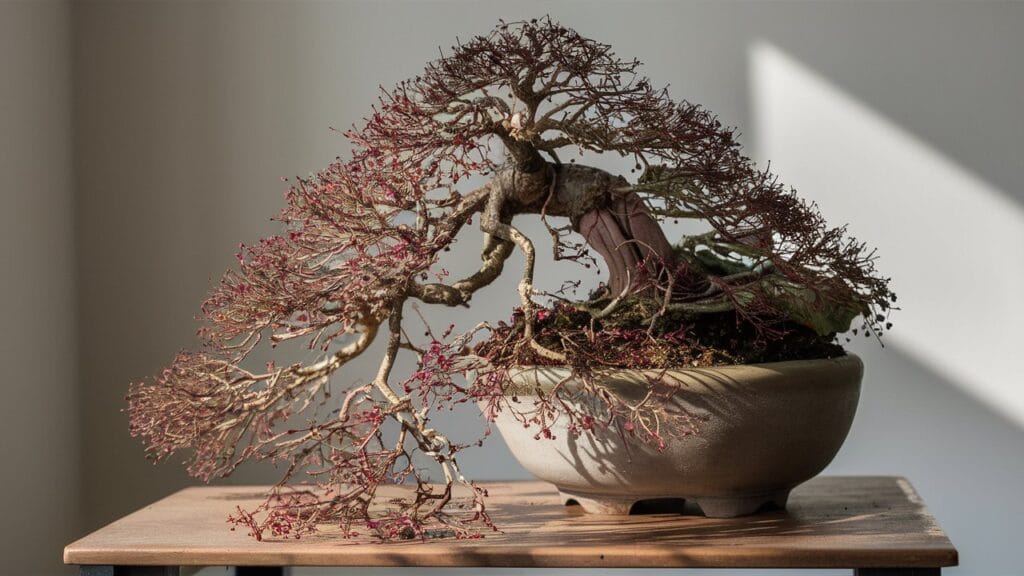
When selecting Japanese beautyberry (Callicarpa japonica) for bonsai, choose cultivars that suit your design goals and care capabilities. The ‘Issai’ cultivar is ideal for smaller bonsai styles like shohin due to its compact growth habit. ‘Profusion’ offers abundant purple berries, enhancing visual appeal and attracting birds.
Consider size and growth habits when selecting. Smaller leaf varieties create more proportionate miniature trees, while larger leaf varieties develop thicker trunks faster but require more aggressive pruning.
Popular cultivars for bonsai include:
1. ‘Issai’: Compact growth, suitable for small styles
2. ‘Profusion’: Abundant berry production
3. Smaller leaf varieties: Better proportion for miniature trees
4. Larger leaf varieties: Faster trunk development, needs more pruning
Choose based on your desired bonsai style, available space, and willingness to maintain the tree. The right cultivar will ensure a thriving Japanese beautyberry bonsai that aligns with your aesthetic preferences and care capabilities.
Soil and Potting requirements

Japanese beautyberry (Callicarpa japonica) bonsai require well-draining, slightly acidic soil. An effective mix consists of:
- 50% Akadama
- 25% Pumice
- 25% Lava rock
Use a shallow, unglazed pot with drainage holes, slightly larger than the root ball. Keep soil level below the pot rim.
Repot every 2-3 years in early spring to refresh soil, trim roots, and provide growth space. This maintains the bonsai’s health and vigor.
Watering and Feeding
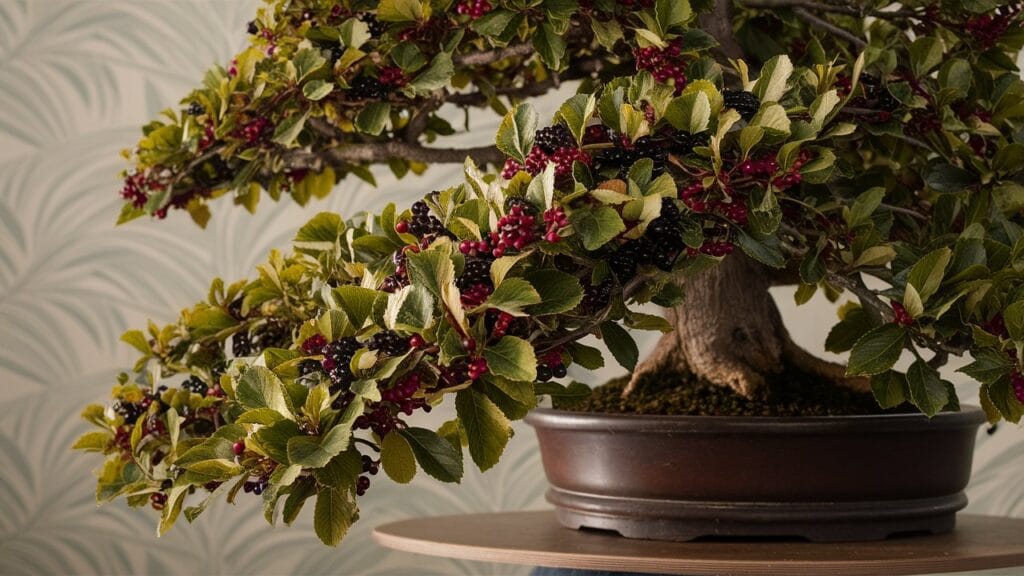
Water Japanese beautyberry bonsai when the top inch of soil becomes dry. Saturate the entire root mass, avoiding softened water.
During growing season, feed biweekly with balanced liquid fertilizer (NPK 10-10-10 or 12-12-12). Switch to low-nitrogen fertilizer in late fall for berry production and winter hardiness. Don’t fertilize during winter dormancy.
These practices ensure proper nutrition and moisture for healthy growth and berry production.
Pruning and Wiring
Common pests and Diseases
– Aphids: Feed on new growth, cause leaf distortion
– Spider mites: Thrive in dry conditions, cause yellowing leaves and webbing
– Scale insects: Attach to stems and leaves, weaken plant
Prevention:
– Maintain optimal growing conditions
– Ensure proper watering, feeding, and air circulation
– Regular inspections
Treatment:
– Remove affected leaves or branches
– Use insecticidal soap or neem oil for aphids and spider mites
– Apply alcohol with cotton swab for scale insects
Disease prevention:
– Use well-draining soil
– Avoid overwatering to prevent powdery mildew and root rot
Seasonal Care
Spring:
– Repot to refresh soil and promote root health
– Prune dead/damaged branches and shape
– Begin biweekly balanced fertilization
Summer:
– Maintain consistent watering
– Continue fertilization
– Monitor for pests
Fall:
– Reduce watering slightly
– Switch to low-nitrogen fertilizer
– Prepare for winter frost protection
Winter:
– Water sparingly, avoid fertilizing
– Protect from extreme cold and harsh winds if outdoors
Consistent seasonal care ensures healthy growth and vibrant berry production.
Conclusion
Cultivating a thriving Japanese beautyberry (Callicarpa japonica) bonsai requires dedication and a commitment to understanding the plant’s unique needs. By following the guidelines outlined in this comprehensive guide, you can successfully grow and maintain a healthy, visually stunning bonsai that will bring joy and beauty to your garden for years to come.
From selecting the right cultivar to mastering pruning and wiring techniques, each aspect of caring for a Japanese beautyberry bonsai is crucial for its long-term success. By providing the necessary nutrients, water, and protection, you can create an environment that allows this captivating shrub to thrive in miniature form. As you witness your bonsai’s transformation, from its delicate spring flowers to its vibrant purple berries in fall, you’ll appreciate the unique rewards of this rewarding hobby. So, embrace the challenge and embark on your journey to cultivate a beautiful Japanese beautyberry bonsai that will be the envy of all who see it.
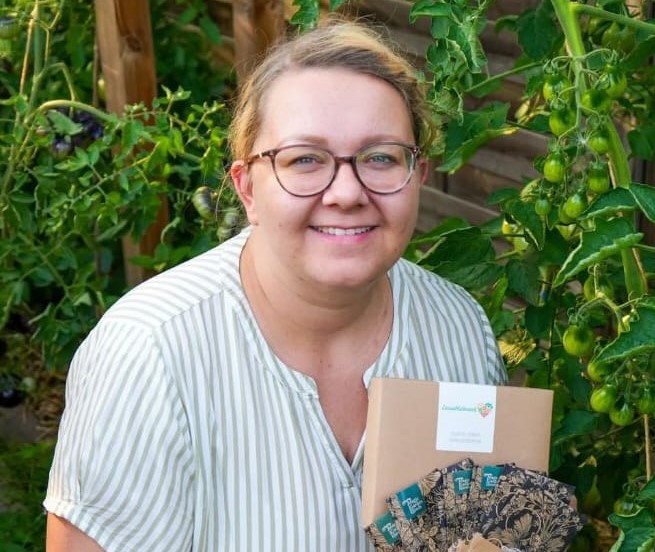
Karen Phillips, Bonsai expert and blogger. Read more about me here

